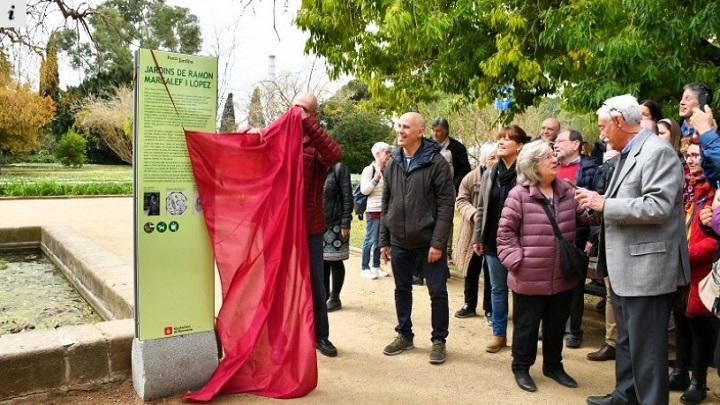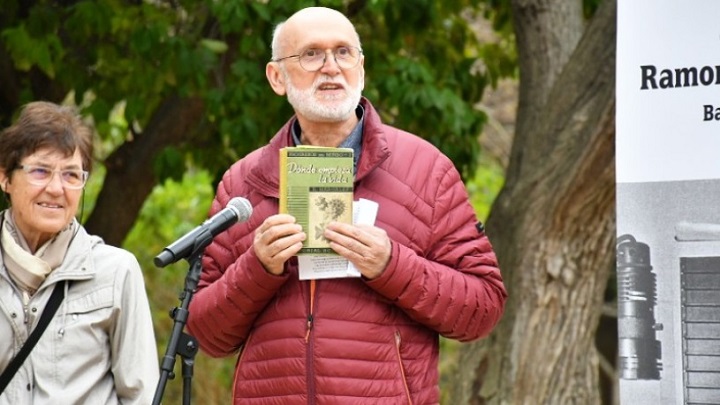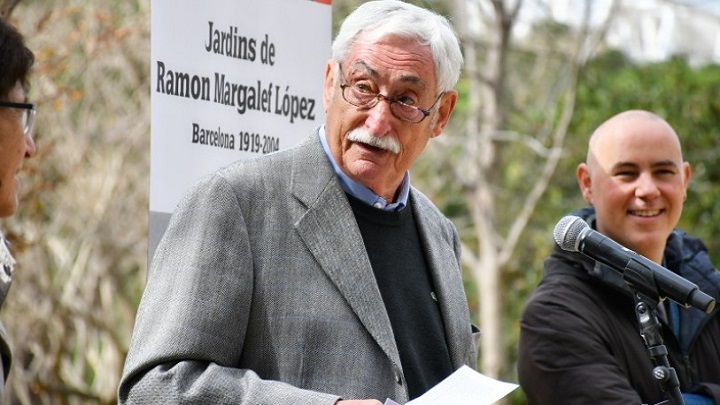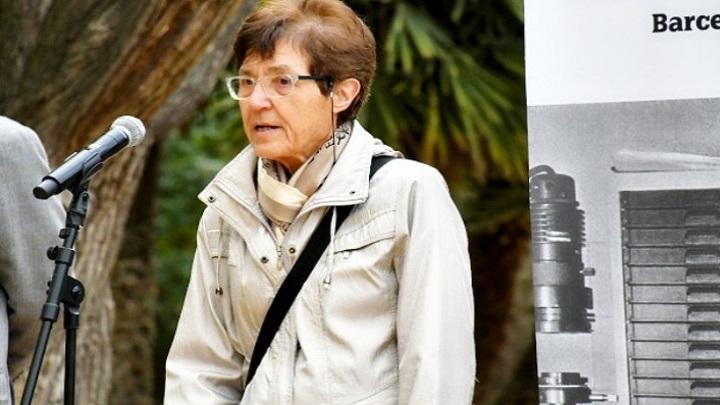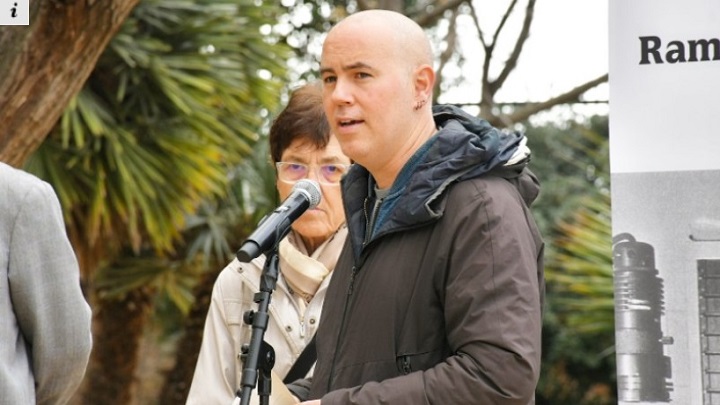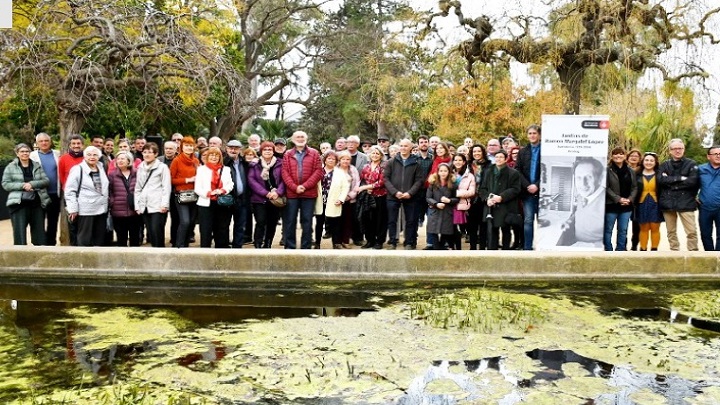Inauguration of the new Ramon Margalef gardens in Montjuïc


Participants in the inauguration of the Ramon Margalef gardens are Eloi Badia, councillor for Climate Emergency and Ecological Transition at the Barcelona City Council; Marc Serra, council of the Sants-Montjuïc district; Marta Estrada, researcher at the Institute of Marine Sciences (ICM-CSIC); Joan Armengol, emeritus lecturer of the Faculty of Biology, and Ramon Margalef Mir, son of the Catalan ecologist.
Ramon Margalef, teaching and mastery
Ramon Margalef López (1919-2004) is regarded as one of the most important scientists in Catalonia and one of the pillars of 20th-century ecology worldwide. The first professor of Ecology in Spain and one of the best international models in the world of modern ecology, he promoted the creation of the former UB Department of Ecology and became a role model for generations of scientists and naturalists in Spain.
Margalef outstood as one of the pioneers in developing a high quality and competitive marine research. He is the author of mandatory reads to understand the functioning of nature, such as Ecología (1974), Limnología (1983) and Our biosphere (1997), and is one of the most cited scientists in ecology. Margalef, the first scientist to receive a Saint George’s Cross in 1997, was also awarded the Gold Medal of the Catalan Government in 2003. Awarded an honorary doctorate by the Universities of Laval (Canada), Aix-Marseille (France), Luján (Argentina) and Alicante, in 1980 he received the AH Huntsman Award for Excellence in Marine Sciences, given by the Bedford Institute of Oceanography (Canada), a prize regarded as the Nobel in oceanography.
The scientific figure of Ramon Margalef named the main building of the UB Faculty of Biology and the oceanographic vessel from the Spanish Institute of Oceanography (IEO). He has also inspired the scientific name of several biological species, such as the algae Picarola margalefii, from the coccolithophorids. This algae is the main motif of the sculpture given to the awardees of the Ramon Margalef Prize, an award created by the Catalan Government in 2004 as a tribute to the scientist.
In 2014, on the occasion of the tenth anniversary of his death, Margalef was remembered with a wide range of institutional activities organized by the University of Barcelona, the Autonomous University of Barcelona, the Institute of Marine Sciences and the Institute for Catalan Studies, among other institutions.
The scientific legacy of the Catalan ecologist is also visible in the Ramon Margalef López Fund in the CRAI and the Margalef Space, an open facility that exhibits a reconstruction of the office of Professor Margalef at the Faculty of Biology, with his books, manuscripts, letters, photographs and other material of scientific interest. This place resulted from an initiative coordinated by the professors Mercè Dufort and Narcís Prat, together with the CRAI Library of Biology.
Multimedia gallery
